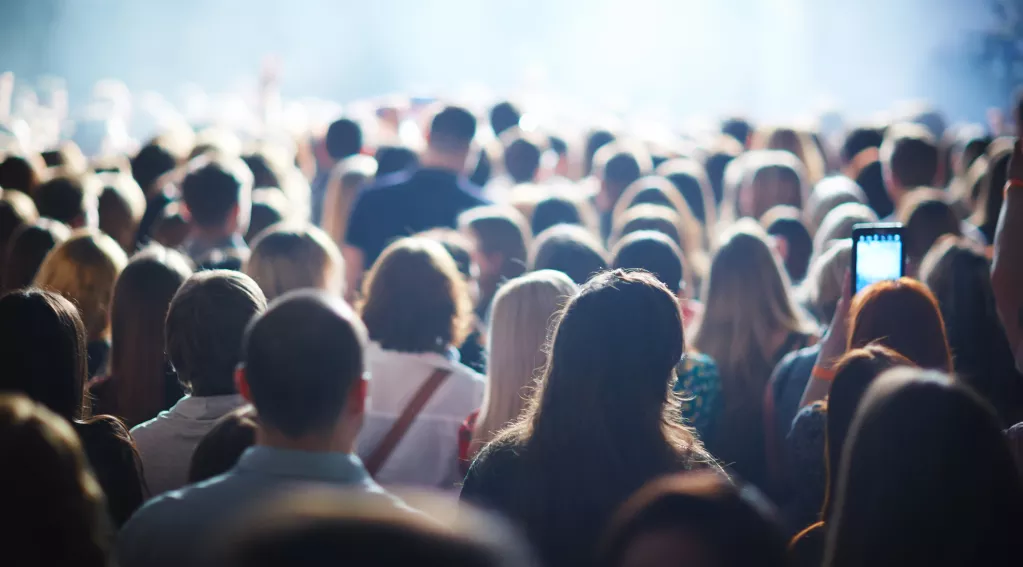Immigration Basics: Human Trafficking

August 2016 | View the Full Report (PDF)
Human trafficking is a crime that hides in plain sight. Thousands of people become victims each year, but only a few ever see their perpetrators convicted. The International Labor Organization estimates that around 20.9 million people in the world are victims of human trafficking.1 The U.S. State Department estimates that around 14,500-17,500 foreign nationals are trafficked into the U.S. each year, with other estimates reaching as high as 19,000.2 The rise of unaccompanied alien minors (UAM), along with increases in legal and illegal immigration, will likely lead to more human trafficking cases since the most vulnerable populations in the U.S. are children and immigrants. In order to combat human trafficking, government organizations and citizens alike must work together to recognize the signs of human trafficking and learn what resources are available to help the victims.
What is human trafficking?
According to Victims of Trafficking and Violence Protection Act Of 2000, human trafficking is defined as:
“(A) sex trafficking in which a commercial sex act is induced by force, fraud or coercion, or in which the person induced to perform such act has not attained 18 years of age; or (B) recruitment, harboring, transportation, provision or obtaining of a person for labor or services, through the use of force, fraud or coercion for the purpose of subjection to involuntary servitude, peonage, debt bondage or slavery.”
Human smuggling is often confused with human trafficking, but only focuses on the transportation-related aspects of willing participants deliberately evading immigration laws. Human trafficking, on the other hand, includes force or coercion. Human trafficking often involves transportation, but can occur without it.
Some signs of human trafficking include whether a susceptible victim3:
- owes a large debt and is unable to pay it off
- is fearful, depressed, or anxious
- shows signs of physical or sexual abuse,
- lacks knowledge of whereabouts
- lives in a highly secured environment
How does it happen?
In many cases, the victim is lured into migrating to the United States with the hope of a better life or economic opportunity. They are then smuggled into the country and meet with the trafficker. However, when the victim arrives, the trafficker imposes a large debt and forces them to work in order to pay off the debt, at which point they become human trafficking victims. In other cases, immigrants will come to the United States not knowing the language or how to get an education/job and human traffickers exploit that lack of knowledge and opportunity. For example, Shandra Woworuntu lived in Indonesia before coming to the United States.4 She left a country in economic and political turmoil after seeing a newspaper ad about available hospitality jobs in the United States. Upon arriving at the airport, she discovered that the men who picked her up were not taking her to a hotel, rather to a brothel where she was forced to have sex with men in order to pay off an imposed debt of $30,000. In similar fashion, Aroldo Castillo Serrano lured Guatemalan minors and adults into the U.S. by promising a better life and the chance to attend school, but coerced them into working at their egg farm after they arrived.5 The immigrants worked physically demanding jobs for up to 12 hours a day including cleaning chicken coops and unloading crates. In both of these cases, the perpetrators were found guilty and received prison sentences.
What can be done?
Government organizations must work together with citizens to recognize the signs of human traffickers and victims. Many government agencies like the Department of Homeland Security and non-profits like Polaris have guides to help people identify possible human trafficking victims. Legislators also must close loopholes in immigration laws like the William Wilberforce Trafficking Victims Protection Reauthorization Act of 2008. Human traffickers exploit this act by posing as sponsors and receiving UAMs from noncontiguous countries. They then force the UAMs into prostitution or hard labor. Citizens must keep their legislatures accountable for faulty immigration policies in order to stop traffickers from taking advantage of our laws. This is the first and most important step in ending human trafficking within the United States.
Related Content
Human Trafficking—Exploitation of Illegal Aliens
Footnotes and endnotes
- http://www.ilo.org/global/topics/forced-labour/news/WCMS_182109/lang—en/index.htm
- http://www.state.gov/documents/organization/10492.pdf, SEC. 103. DEFINITIONS.; http://www.bbc.com/news/magazine-35846207
- http://polarisproject.org/recognize-signs
- http://www.bbc.com/news/magazine-35846207
- https://www.justice.gov/opa/pr/leader-human-trafficking-organization-sentenced-over-15-years-exploiting-guatemalan-migrants
